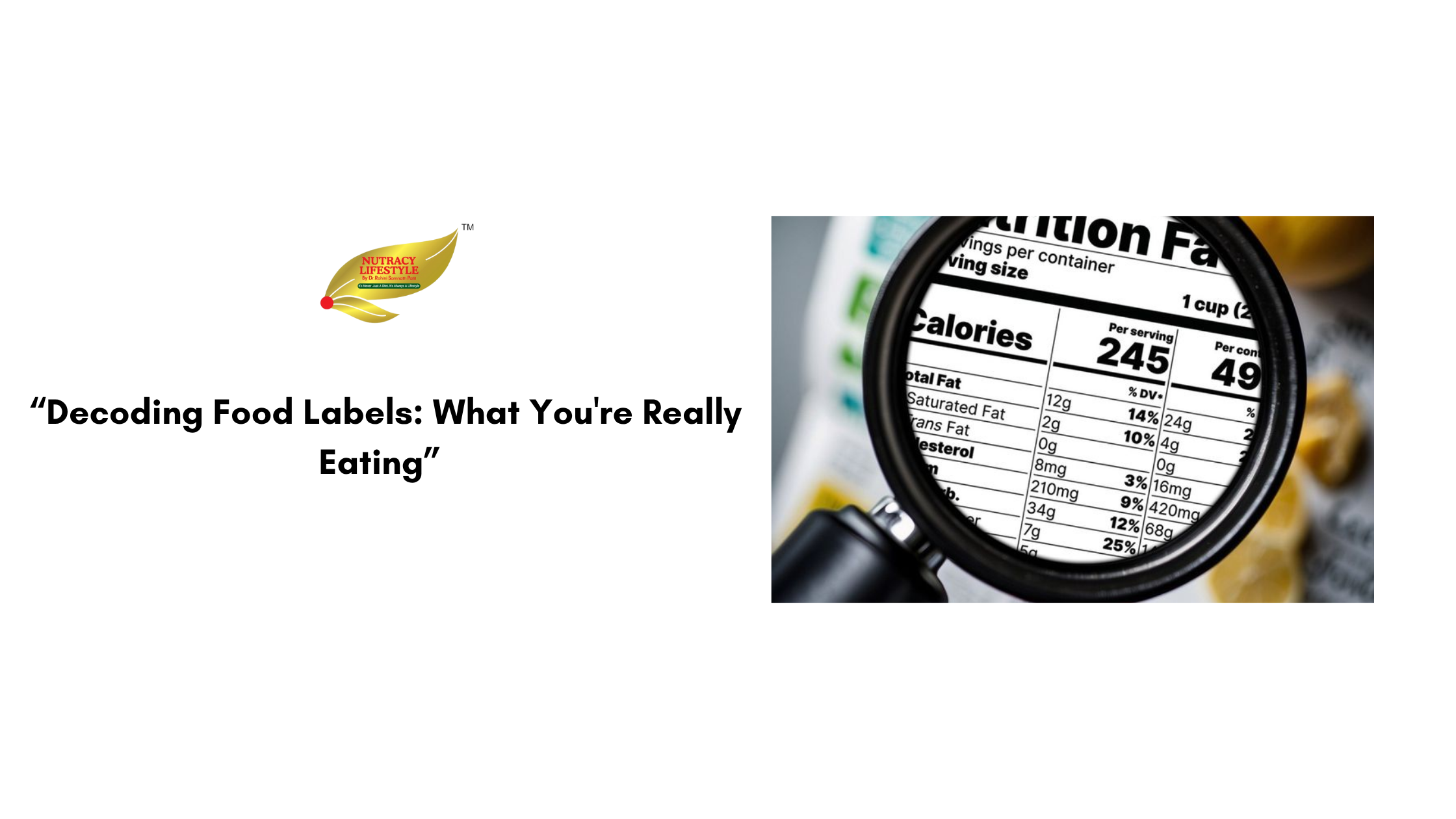Have you ever wondered, "Is this actually healthy?" while gazing at a product in a grocery store aisle? You're not by yourself. Food labels are frequently made to sell rather than to serve, and they can be confusing. Knowing what to look for, however, gives you the ability to make well-informed decisions.
Start with the Ingredient List
Shorter is better, according to the golden rule. Put it back if sugar, refined flour, or hydrogenated oils are among the top three ingredients, as they are listed in decreasing order of quantity. Be wary of fancy names like "fructose," "corn syrup," or "maltodextrin" because they are all sugar.
Serving Size vs. Reality
Instead of listing the nutrition values per package, they do so per serving. A small pack of chips may have 150 calories, but if you eat all three servings (which most people do), that comes to 450 calories. Always make sure you're eating the right amount.
Calories Are Just One Piece
Calories are important, but not by themselves. Pay attention to the caloric content. Are they derived from fiber, healthy fats, whole grains, and sugar?
Red Flags on Nutrition Labels
"Low-fat" or "fat-free" usually refers to added sugar.
Zero trans fat: If hydrogenated oil is included, it may still contain up to 0.5g per serving.
The term "natural flavors" is ambiguous and may still refer to processed chemicals.
Key Nutrients to Prioritize
Fiber is a crucial nutrient to prioritize; try to get at least 3g per serving.
Protein, particularly in snacks
Minimal added sugar (less than 5g is ideal, less than 10g is fine)
Bottom Line:
Food companies profit from your improper label reading. When you do, however, you begin to choose nourishment over noise and stop succumbing to marketing tricks. Keep in mind that you might not want to eat something if you can't pronounce it.


